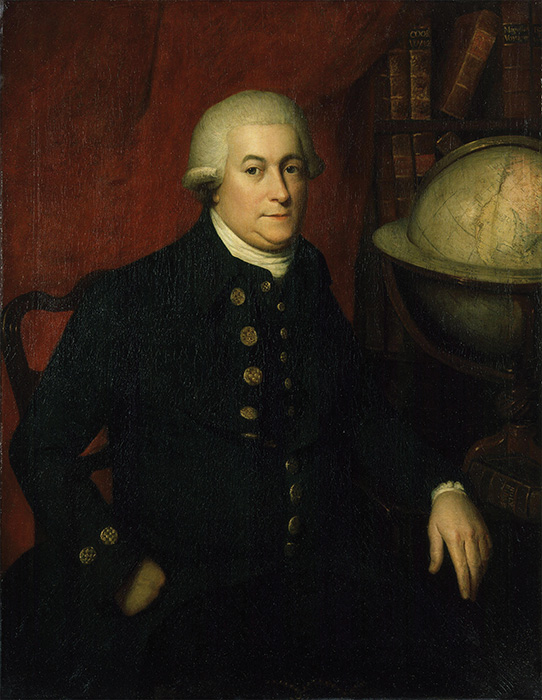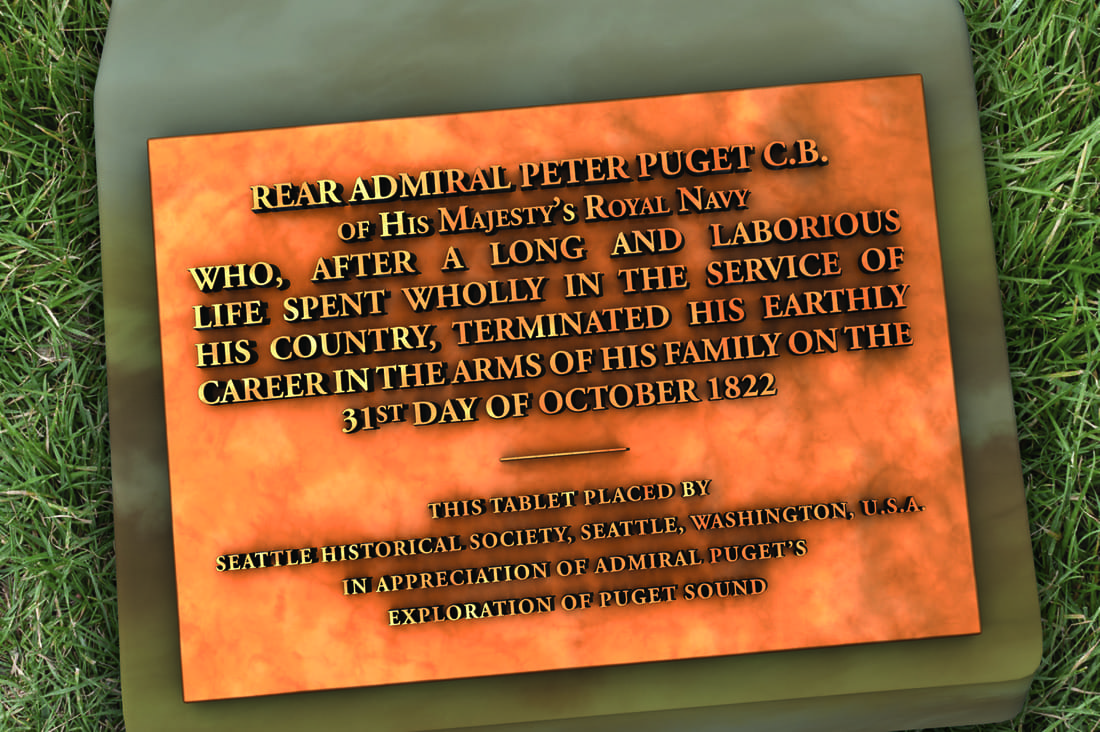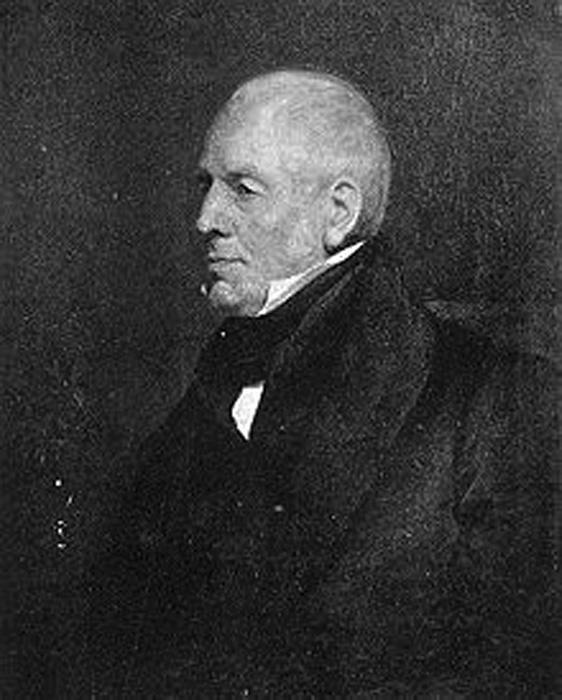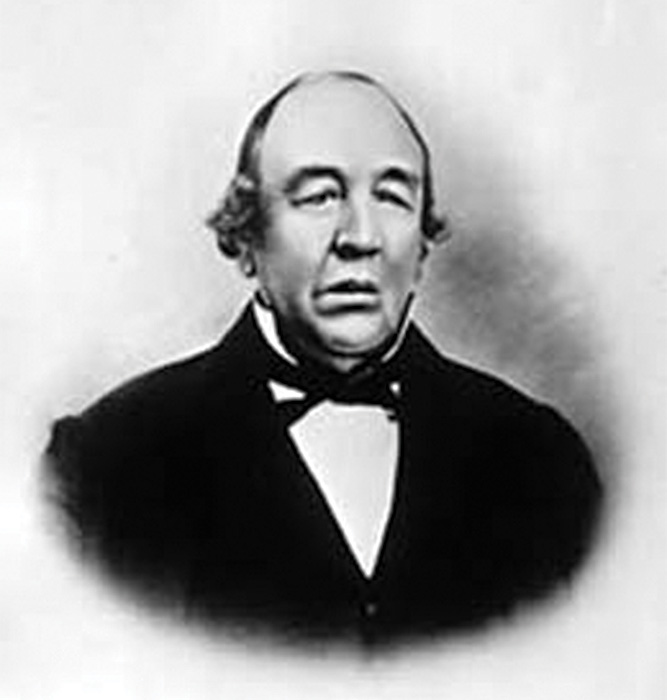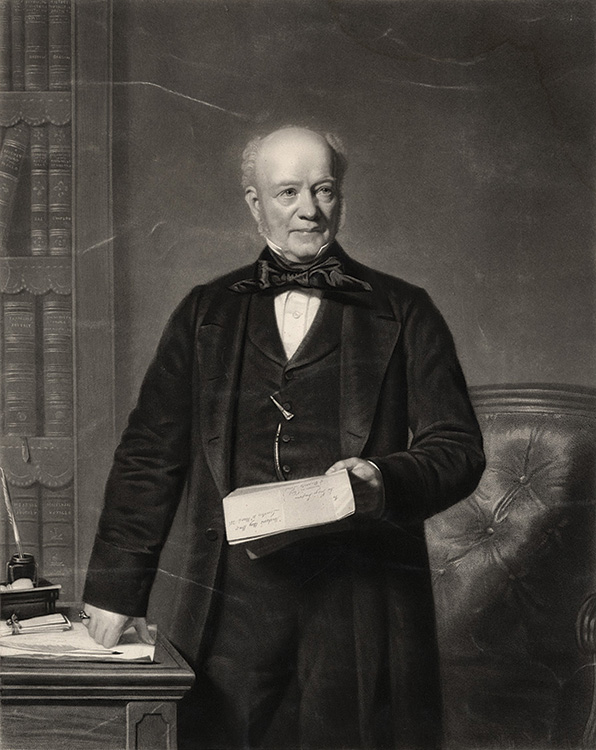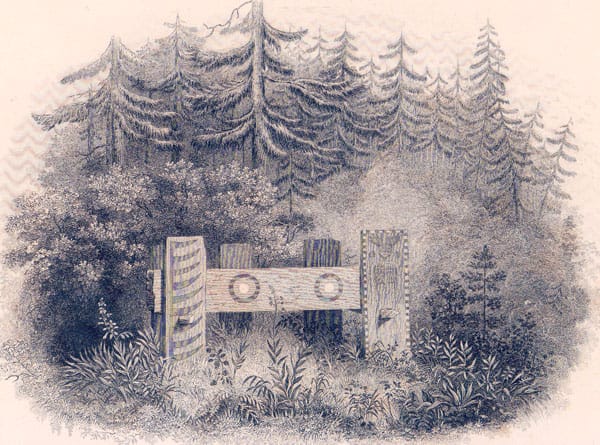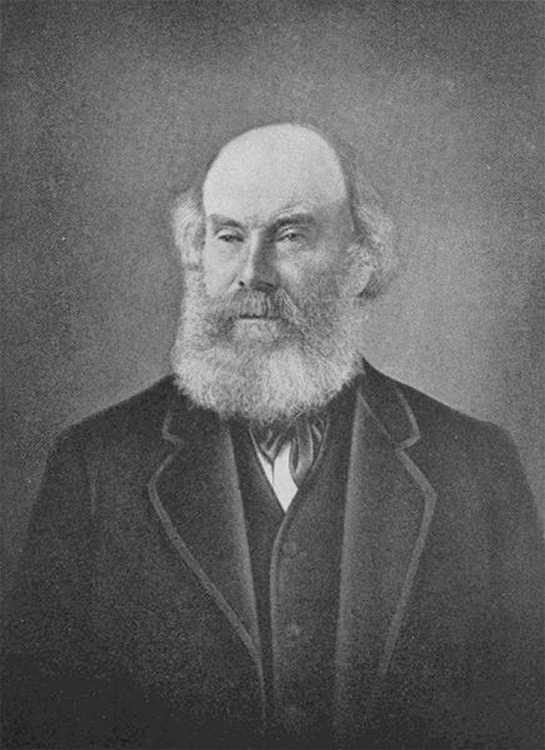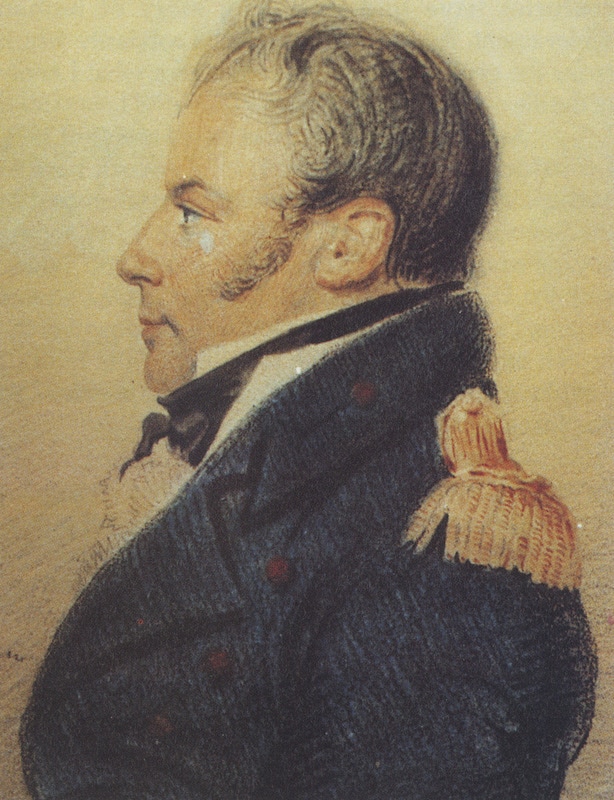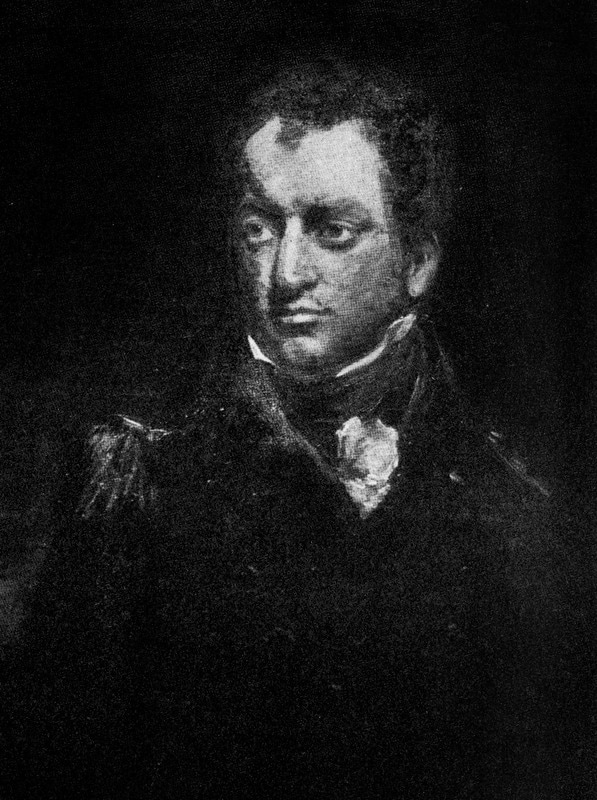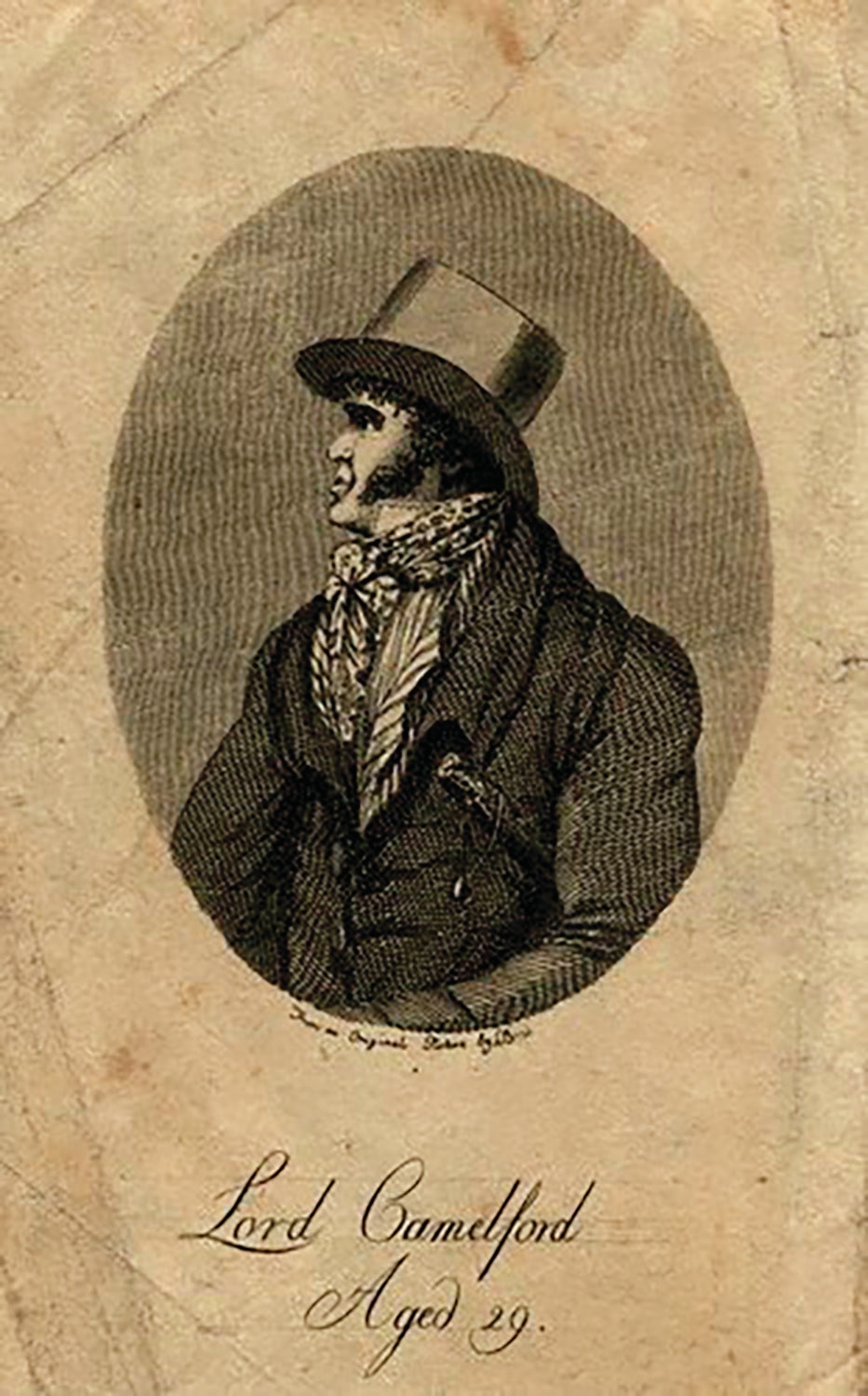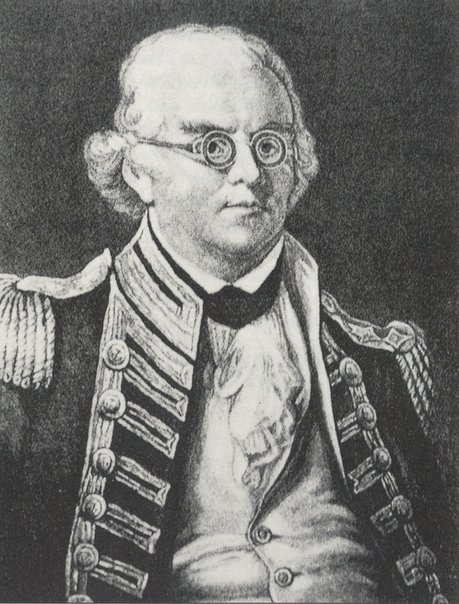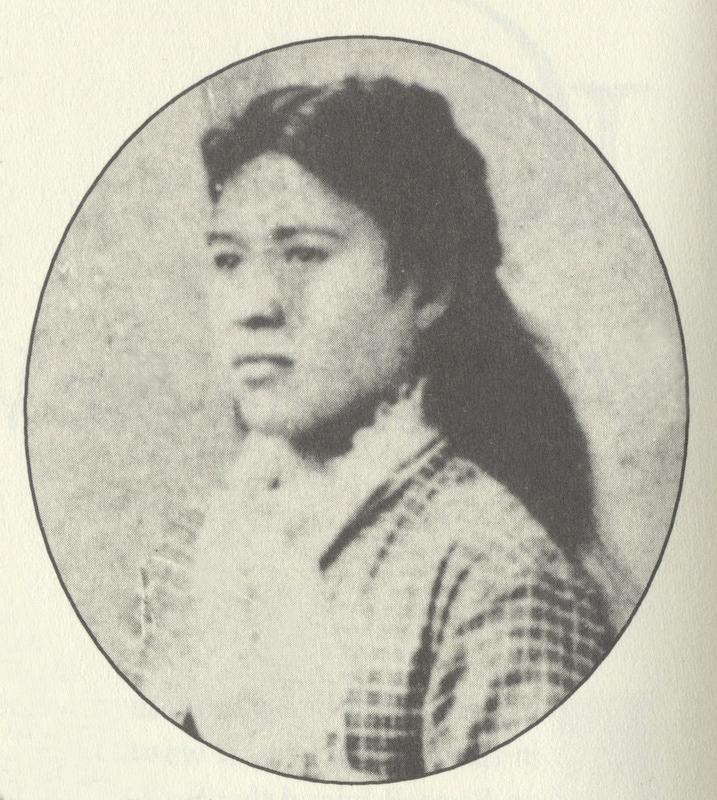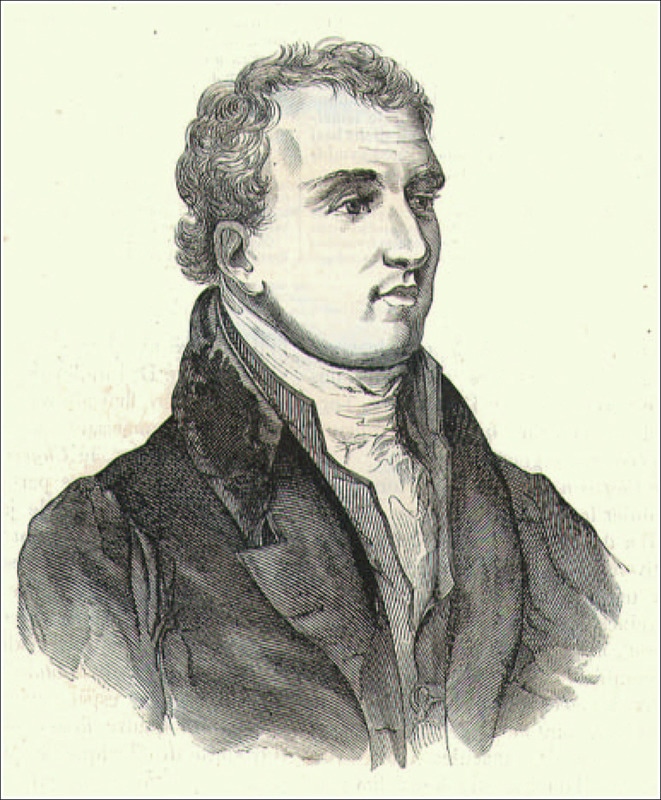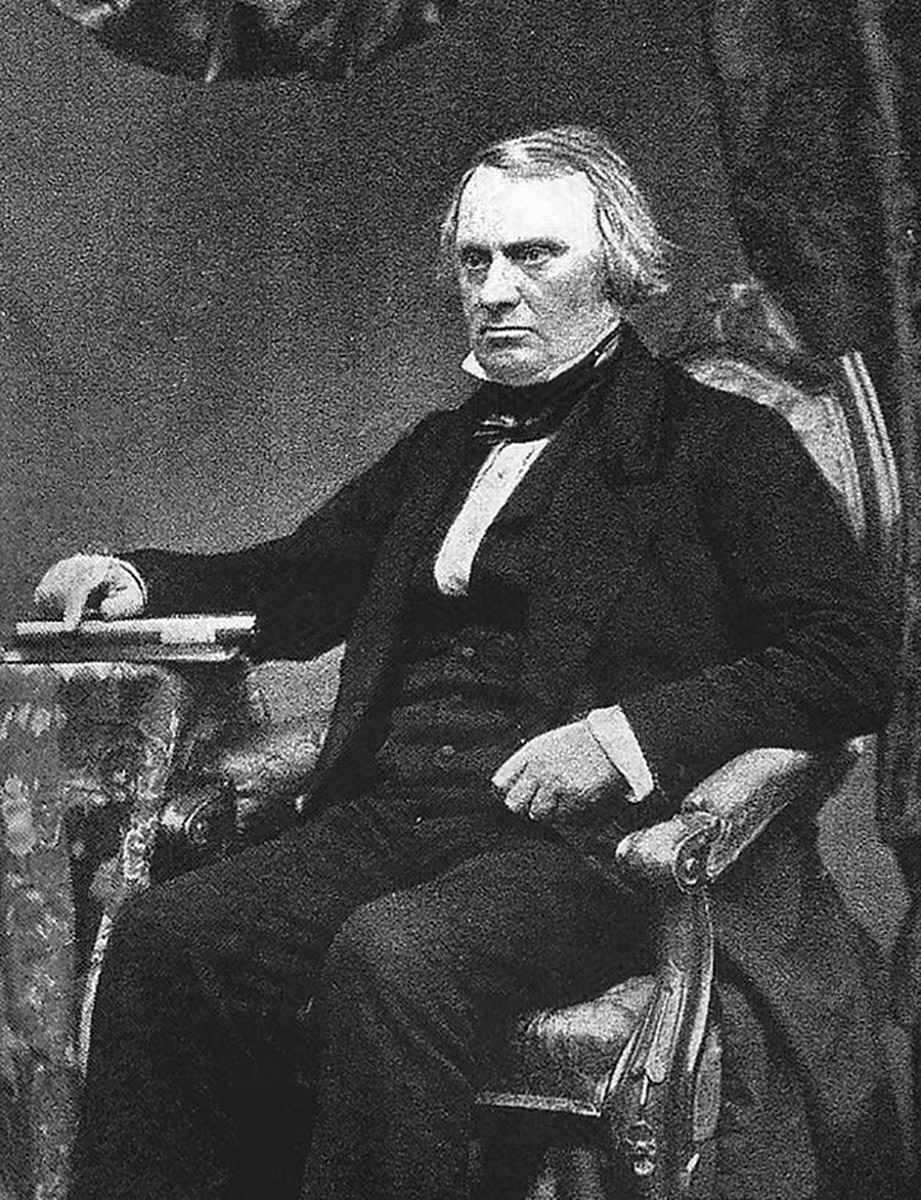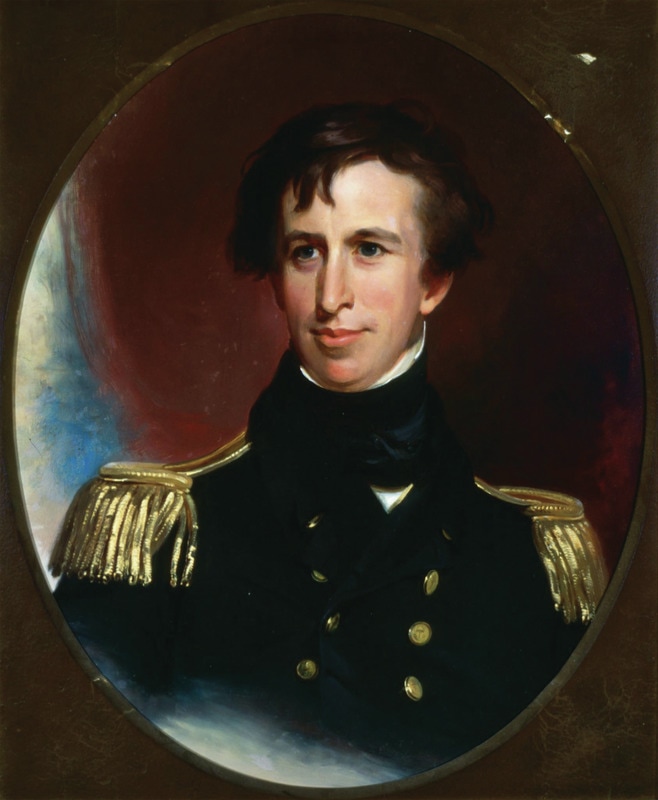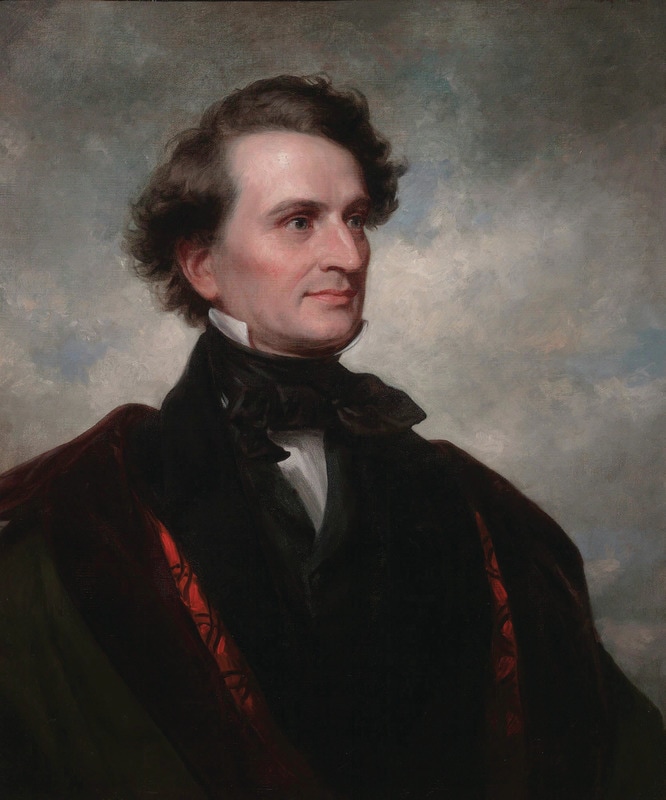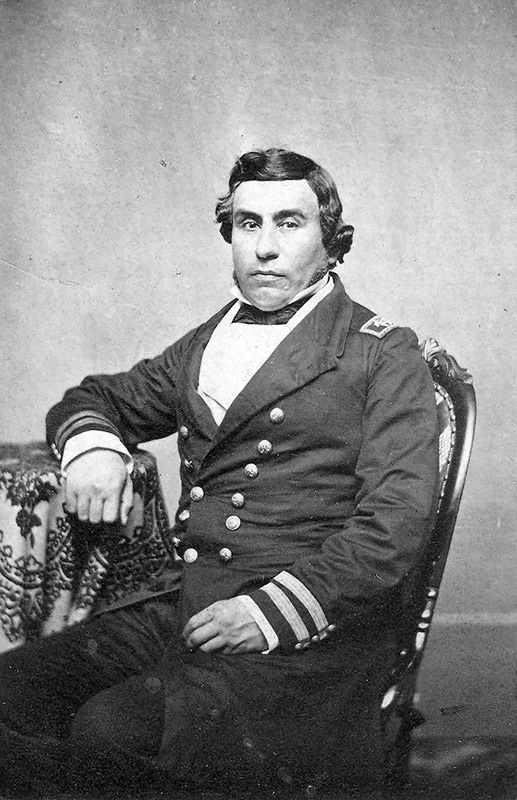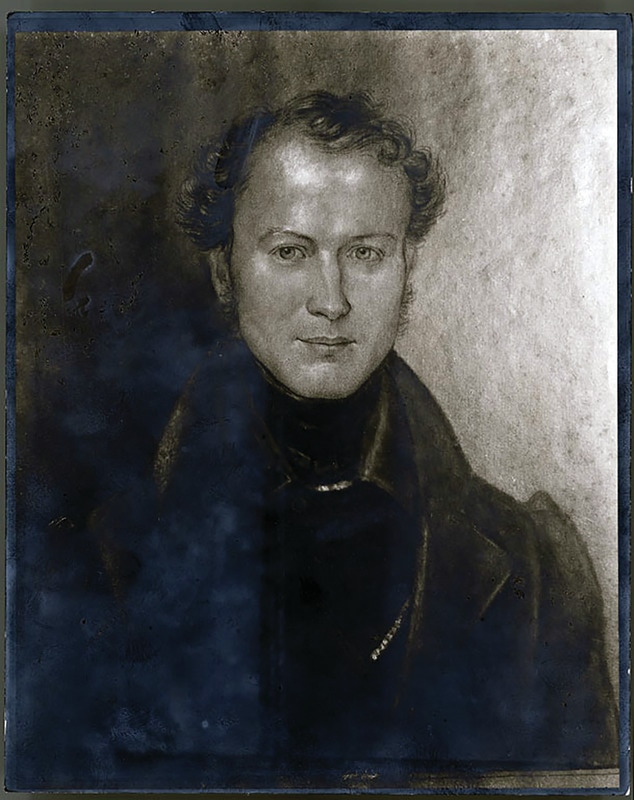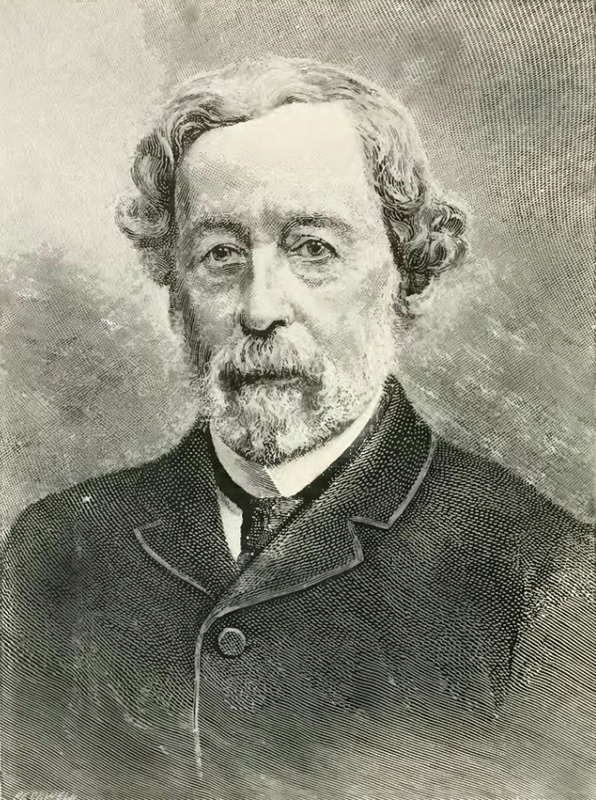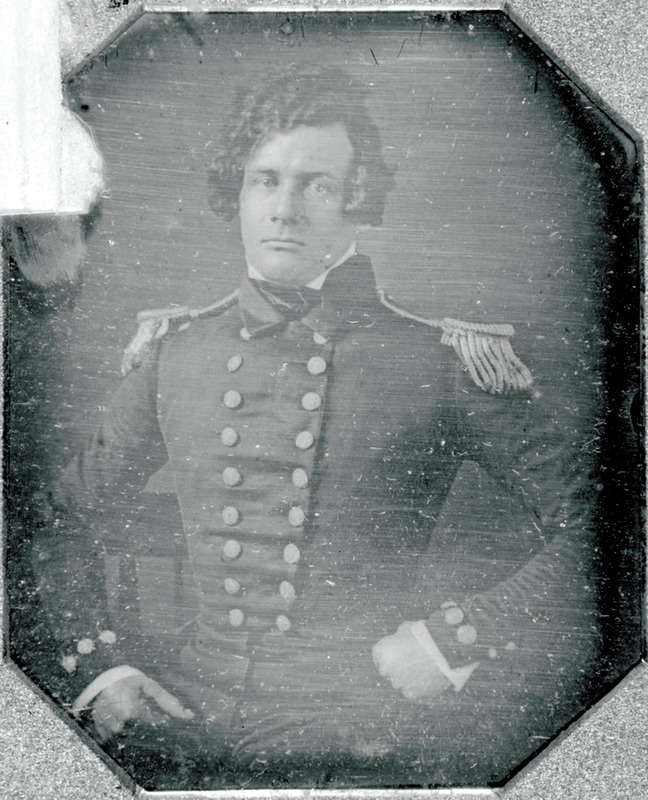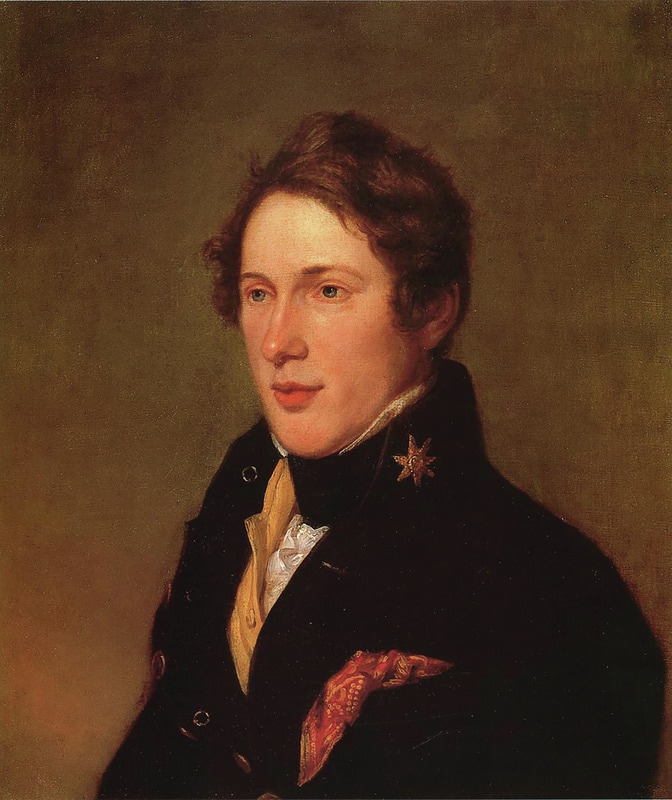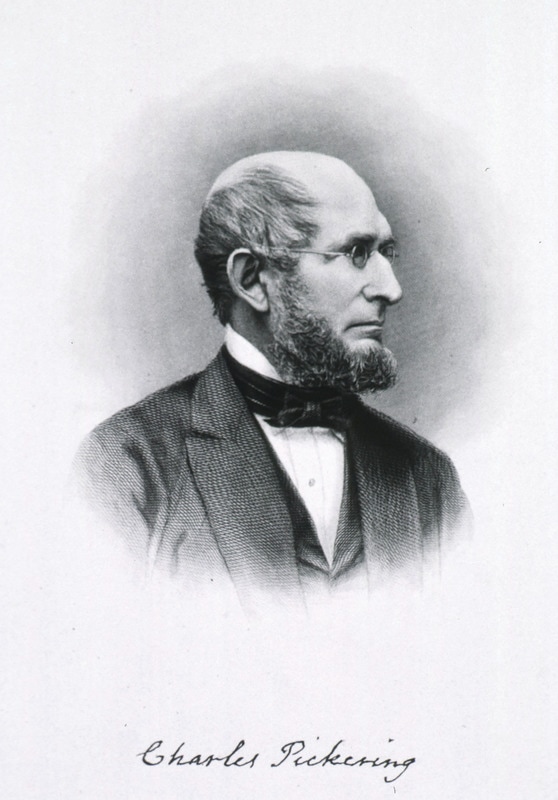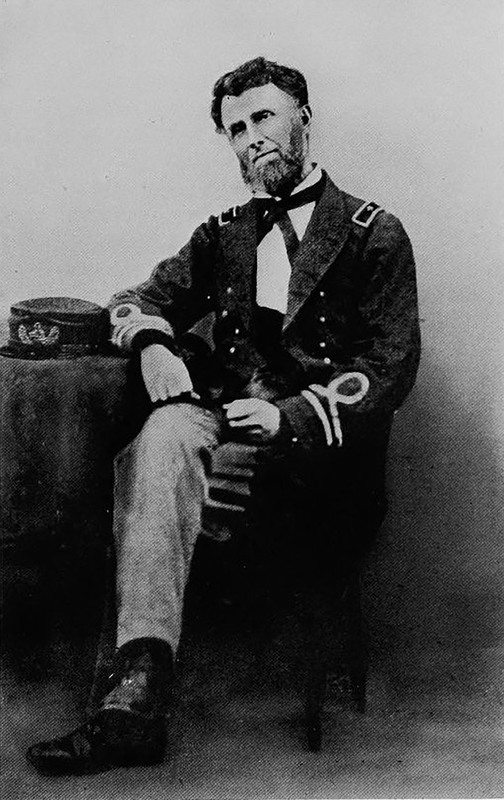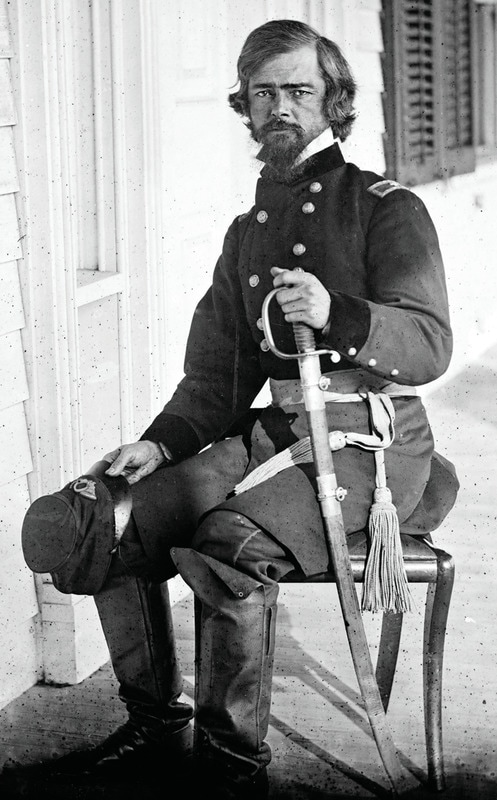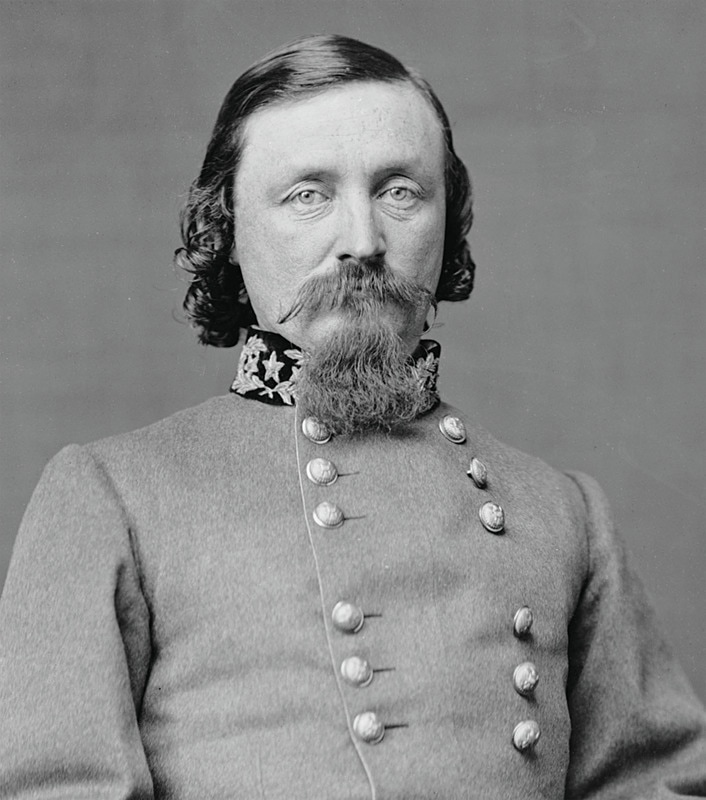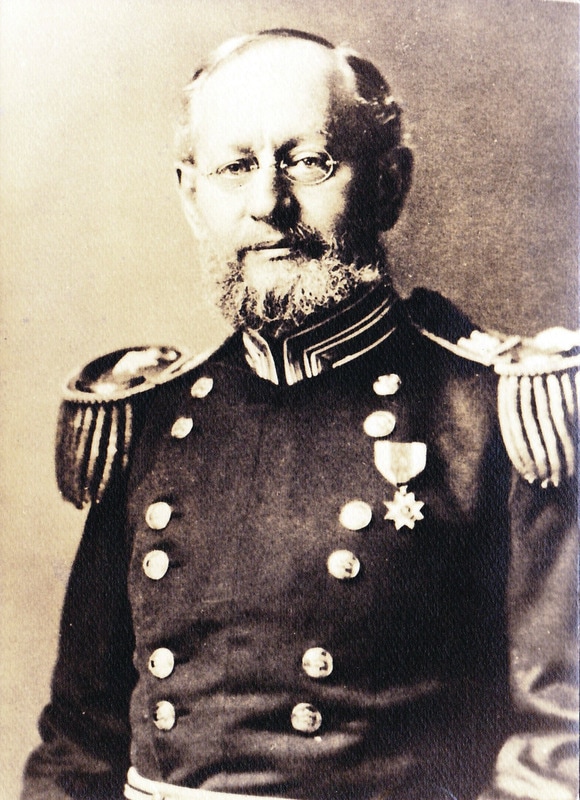Important People in Northwest maritime history.
|
Captain George Vancouver, RN
He successfully commanded the epic 4-year expedition that charted Puget Sound, the straits of Juan de Fuca and Georgia, the Inside Passage and Vancouver Island (1791-1794). He and his crew were the first Europeans to visit South Puget Sound. His mission on this “Voyage of Discovery” was to receive from the Spanish territory they had seized at Nootka, explore the coast as far as Alaska, searching for a Northwest Passage, and chart the Strait of Juan de Fuca and adjacent waters. He carried out his duties admirably. He died in England while compiling his voyage journal in 1798. The journal was completed by his brother John and by Peter Puget. He took a sun sight on May 27, 1792 at 47 degrees, three minutes north latitude, at the mouth of the Deschutes River, on what is now Budd Inlet and the Port of Olympia. |
Lieutenant (later Rear Admiral) Peter Puget, RN
Served as a midshipman with Vancouver in the Caribbean during the American Revolution, and Vancouver then selected him as his second lieutenant on the voyage to the Northwest coast. On May 19, 1792, Puget took command of two ship’s boats and left HMS Discovery anchored off the future site of Seattle. Puget’s seven day charting of the waterways to the south was so successful that Vancouver honored him by naming those waters “Puget’s Sound.” Puget later was a post captain, Commissioner of the Navy in India, and died a Royal Navy rear admiral in 1821. No portrait exists, but this marker was erected by the Seattle Historical Society at his gravesite near Bath, England. He charted virtually every inlet and cove in South Puget Sound.
Served as a midshipman with Vancouver in the Caribbean during the American Revolution, and Vancouver then selected him as his second lieutenant on the voyage to the Northwest coast. On May 19, 1792, Puget took command of two ship’s boats and left HMS Discovery anchored off the future site of Seattle. Puget’s seven day charting of the waterways to the south was so successful that Vancouver honored him by naming those waters “Puget’s Sound.” Puget later was a post captain, Commissioner of the Navy in India, and died a Royal Navy rear admiral in 1821. No portrait exists, but this marker was erected by the Seattle Historical Society at his gravesite near Bath, England. He charted virtually every inlet and cove in South Puget Sound.
|
Archibald Menzies
Botanist, surgeon and physician, Menzies sailed with Vancouver as a supernumerary, a privileged passenger, to collect botanical specimens from the unexplored Pacific Northwest, with the encouragement of Sir Joseph Banks, President of the Royal Society. Vancouver’s surgeon died en route, and Menzies volunteered to replace him. In his time ashore in Oregon Country, he collected hundreds of specimens. He later mentored David Douglas. The Latin name for the Douglas Fir honors Menzies: Pseudotsuga Menziesii. He was named a Fellow of the prestigious Linnaeus Society. |
|
John Work
Born in County Donegal, Ireland, John Work came to the HBC and was a clerk for McMillan’s 1824 November and December expedition from Fort George to the Fraser River, exploring a new route north. His journal described “proceeding under a weighty rain.” The successful expedition began Work’s rise in the HBC ranks. He was later chief factor (director) of HBC posts in Colville, Spokane and on the British Columbia coast. He ultimately became the largest landholder on Vancouver Island. He was an accomplished self-taught naturalist and frequently aided David Douglas. His daughter Jane married Dr. William Tolmie, chief factor at Fort Nisqually. He thus was among the first Europeans to visit South Puget Sound, from the Black River and McLane Creek through Eld Inlet, Dana Passage, and Nisqually Reach to the Tacoma Narrows. |
|
Sir George Simpson
A governor of the HBC for four decades, he was described by Peter C. Newman, HBC historian, as a “buccaneering capitalist.” Tough, driven, unafraid, and relentless were other descriptors. He usually made his entry into a post or event to the skirl of bagpipes. This dramatic and energetic man send Chief Factor McMillan of Fort George north through South Puget Sound to assess an alternate route when the Cowlitz Tribe closed the river and land trail from the Columbia to Puget Sound in 1824. McMillan rejected the new route as impractical, but the HBC established Fort Langley on the Fraser soon after. This was the first expedition to South Puget Sound since Vancouver, and Simpson’s determination established Fort Nisqually as a major trading post. |
|
Chief Concomly's Burial Canoe
Concomly was chief of the Chinook confederation from 1895 until his death in 1830. His territory extended up the north Columbia bank from the Pacific to the Cascade range. Washington Irving described him as a “shrewd old savage” and he was known for his skilled diplomacy and trading acumen. He encountered and entertained Vancouver, Robert Gray and Lewis and Clark. Several of his daughters married into the HBC and one may have aided Wilkes’ expedition to Grays Harbor. His stylized burial canoe is modeled after an 1841 engraving(pictured) by Alfred Agate and Joseph Drayton of the Wilkes Expedition. |
|
William Tolmie
In 1833, Tolmie, a recent graduate in medicine from Glasgow University, arrived at Fort Vancouver and soon travelled north to Fort Nisqually collecting flora and fauna specimens as he went. He was puzzled by the Mima mounded prairies in Thurston County, and wondered at Mt. Rainier, which he would later climb. He travelled throughout the Northwest, practicing medicine among the HBC people and the Indians, and collecting constantly. Ten years later, he was chief factor at Nisqually, where he stayed well into the 1850s, when he defended the cause of Chief Leschi of the Nisqually as he was judicially murdered by the Territorial government. |
|
Joseph Baker
As a midshipman, Joseph Baker had been mentored by Captain (later admiral) James Vashon, also one of Vancouver’s patrons. Vancouver named Vashon Island in central Puget Sound in his honor. Vancouver selected Baker as his third lieutenant as the voyage began. Baker became quite accomplished at cartography, and is responsible for turning Puget’s work into usable charts. He accompanied Vancouver on his South Sound journey to present–day Olympia in May. After First Lieutenant Mudge left with dispatches for England in August 1792, Baker was promoted to second lieutenant. He later rose to captain’s rank, and maintained his close relationship with Admiral Vashon until the latter’s death in 1808. Mount Baker in the north Cascades is named for him. (Courtesy of Graybeard Publishing) |
|
Zachary Mudge
First Lieutenant Zachary Mudge of HMS Discovery was apparently not well thought of by Vancouver, who dispatched him back to England at the first opportunity, August 1792. Any tension between them may have stemmed from Mudge’s close connection to the powerful Pitt family. The Honorable Thomas Pitt, later the second Baron Camelford, was aboard as a midshipman, and this spoiled and arrogant 16-year-old was a thorn in Vancouver’s side. Mudge’s later career saw him promoted to captain in 1800 through the influence of the Camelfords, followed by many successful commands and captures until 1815, when he went to the inactive list. Nonetheless, he rose thereafter to flag officer, was named an admiral in 1849, and died a distinguished naval officer in 1852. Had he been better regarded by Vancouver, we might be writing about “Mudge Sound.” |
|
Thomas Pitt, Second Baron Camelford
The Honorable Thomas Pitt, Second Baron Camelford was a midshipman who believed himself far superior to Vancouver, a commoner, and rejected the normal punishments of a seagoing life as cruel and unjust. Vancouver had little choice in accepting Pitt, as Pitt’s brother-in-law was Grenville, the Foreign Secretary. Pitt was jealous of Midshipman Manby, who went with Puget and Whidbey to South Sound. Vancouver finally assigned him to HMS Daedalus, the expedition supply ship, bound for England. When Vancouver ultimately returned to England, Pitt challenged him to a duel, caned him in the street, and assaulted his brother. Pitt’s life was marked by dueling, failed commands, murder, conspiracy, a quixotic plan to assassinate Napoleon, and his death in a duel with a friend in 1804. He was often referred to as “the half-mad lord.” |
|
Captain Peter Rainier
Vancouver had served under Peter Rainier, then a captain in command of the Jamaica Station. Rainier took an interest in Vancouver’s career. Rainier was made rear admiral in 1795, commanded the East Indies Station, and retired a vice-admiral in 1805. Junior exploring officers often named geographic features for their patrons, and Vancouver named the highest peak in the Cascades for Rainier. |
|
Maria Mahoi Kamahehe is typical of the many Hawaiians (Kanaka) brought here to work for the HBC. Hawaiians were prized as the finest sailors in the Pacific. 15,000 Kanaka sailors worked annually in the Bering Sea whaling fleet. Their strong work ethic made them valuable HBC employees. Maria’s father, Bill, was a sailor aboard the steamer Beaver, and made many trips to Fort Nisqually from 1837 to 1848. (Courtesy of Tom Koppel)
|
|
David Douglas, a Scottish plant collector and naturalist mentored by Menzies, was 26 when he journeyed for the London Horticultural Society and the Linnaeus Society on an HBC ship to Fort George in 1825. After trips to the Dalles and the Willamette River, he ventured north in October with Chinook Chief Concomly’s brother, Tha-mux-I to Grays Harbor and up the Chehalis River past the confluence with the Black River through the southern confines of Thurston County and South Puget Sound. There he noted the correct pronunciation of the plant Salal, munched on Wapato and Seashore Lupine, and fished the salmon runs. His ventures led to travel between Puget Sound and London, crossing North America by canoe and horseback, returning to the Northwest again, discovering many more plants, and dying a tragic death in Hawaii in 1834. The Linnaeus Society later named the Douglas fir in his honor.
|
|
John Scouler
This young University of Glasgow medical student, John Scouler, was also a devoted naturalist and friend of David Douglas. The two botanical collectors sailed aboard the HBC ship William and Ann in 1824 for the Pacific, collecting all the way on the eight-month voyage to Fort George. Scouler served as ship’s surgeon, and was an early visitor to South Puget Sound. They spent time together collecting on the Columbia River, and Scouler then found his way through the Puget Sound country to Nootka on Vancouver Island. He returned to Great Britain in 1826, graduated and practiced medicine until he became a university professor of geology, botany and zoology, wrote scores of books, and was made a Fellow of the Linnaeus Society. He was recognized as a prominent naturalist and died in 1871. |
|
US Navy Lieutenant Charles Wilkes commanded the 4-year, “round the world” US Exploring Expedition, (“US Ex. Ex.”) 1838-42. He discovered Antarctica, charted the Pacific and its wind and current patterns. Six months of the voyage was spent in Puget Sound which was then under a joint occupation treaty between Great Britain and the USA, where he charted and named 261 geographic features for US Navy heroes, ships, and his crew, helping to insure that Washington became US territory when the border was set in 1846. Half of those names were placed in South Puget Sound. His survey crews charted Hammersly Inlet, one that Puget had failed to find.
|
|
James Dwight Dana was one of the dozen scientists aboard the US Ex. Ex. He was a geologist and volcanologist. He noticed that the easternmost island in the Hawaiian chain was volcanically active while the westerly ones were dormant, thus anticipating the hypothesis of tectonic plate movement, one of the great concepts of geology. The passage just north of Budd Inlet in South Puget Sound bears his name. He was a giant in his field.
|
|
Passed Midshipman George M. Colvocoresses was a steady and dependable watch-keeping officer. Of Greek descent, he later rose to the rank of captain and commanded the sloop USS Saratoga in the American Civil War. His son George P. served aboard Dewey’s flagship, the cruiser USS Olympia, and later attained the rank of admiral. George M.’s adventure in South Puget Sound took him, with Midshipman Eld, up Eld inlet to Black Lake, the Black River, the Chehalis River, and on to Grays Harbor. Wilkes named Colvos Passage and Colvos Rocks in Puget Sound for George M. Wilkes, a notoriously bad speller, simply gave up and ignored the last three syllables of the Colvocoresses name.
|
|
William Dunlop Brackenridge
One of the expedition scientists, William Brackenridge was an accomplished horticulturalist/botanist from the Edinburgh Botanical Gardens. Wilkes referred to his corps of naturalist as the “Scientifics.” Brackenridge was on the overland trek to the Colville area in Eastern Washington, and then accompanied Eld through South Puget Sound and overland to Grays Harbor. Some of his colleagues referred to him as the “Prodigious Pedestrian.” |
|
Horatio Hale
A linguist, philologist and naturalist from Harvard University, Horatio Hale was aboard the Peacock when she went down on the Columbia bar. He was granted leave by Wilkes to stay in South Puget Sound after the expedition left for New York, to carry out his studies of the tribal dialects and customs of the Nisqually, Squaxin, Chehalis, Cowlitz and Skokomish, among others. Hale Passage, which separates Fox Island from Wollochet Bay in South Puget Sound, bears his name. |
|
Passed Midshipman Henry Eld
South Sound’s Eld Inlet is named for Henry Eld. A passed midshipman with the US Ex. Ex., Eld traversed Thurston and Lewis counties on his way from Fort Nisqually to Grays Harbor commanding a party including botanist William Brackenridge and Passed Midshipman George Colvocoresses. He was later engaged to Wilkes’ daughter, aided Wilkes in compiling his 15-volume journal, and died in the mid 1850s. A “passed midshipman” had passed the USN lieutenant’s exam, and had the same duties as a lieutenant, but had to wait for promotion owing to an overabundance of lieutenants. |
|
Titian Peale
When Titian Peale came aboard as one of the expedition naturalists, he was already a famous and respected ornithologist, having collected for some of the day’s great scientists in the Rocky Mountains, Florida and South America. He spent most of the expedition’s four years aboard Peacock, commanded by Captain Hudson, with whom he had a cordial relationship. When the Peacock was wrecked on the Columbia River bar, Peale was assigned to the Vincennes, and struggled with the imperious Wilkes, as did almost every scientist and officer who encountered him. Wilkes’ spiteful dislike of Peale led him to criticize, alter and suppress Peale’s excellent publication report on the thousands of birds encountered during the expedition. Peale was the son of Charles Willson Peale, founder of the prestigious Peale Museum of Philadelphia. |
|
Naturalist Charles Pickering from the Academy of Natural Sciences, Philadelphia, was accomplished in ethnology, ichthyology, anthropology, herpetology, and botany. At sea, he found himself surrounded by stuffed geckos, lizards, and by native people’s baskets obtained in his many stops during the four-year circumnavigation. He was aboard Vincennes during her six months in South Puget Sound. Wilkes named Mason County’s Pickering Passage in South Sound for him.
|
|
William L. Maury was a lieutenant, astronomer and hydrographer on the Wilkes Expedition, and a cousin of the famed marine scientist, Matthew Fontaine Maury. Wilkes named Maury Island, which is attached to Vashon Island by a narrow spit in South Puget Sound, for William. A Wilkes goal was to place many American names in Puget Sound so as to influence making the area American when border placement negotiations occurred. The settlement took place in 1846, and the border was drawn at the 49th parallel. Puget Sound became US territory. Both the Maury cousins cast their lot with the Confederacy during the American Civil War.
|
|
Governor Isaac Stevens
First Washington Territory Governor, Isaac Stevens was an energetic, ambitious and driven man, Stevens was a West Point graduate and a US Coast Survey officer before being named governor in the 1850s. Many scholars contend that he manipulated the region’s Indian tribes into signing treaties they didn’t understand and giving up their traditional lands for inadequate Indian reservations. He clearly caused the unjust hanging of Nisqually leader Leschi for murder, when even the US Army declared that Leschi was a wartime combatant when he killed a settler, and was not guilty of murder. Stevens died at the Civil War Battle of Chantilly as a US brigadier general in 1862. He was headquartered in Olympia during his Washington Territory sojourn, frequently conferring with US Navy officers in the region. |
|
George Edward Pickett was last in his class at West Point, decorated for valor in the Mexican War of 1848, and was a US Army captain on San Juan Island when the Pig War dispute with British over possession of the San Juan Islands arose in 1859. He fortified the island with his company of infantry and guns from USS Massachusetts. The British responded with warships anchored in Griffin Bay, their guns trained on Pickett’s forces. A shooting war was narrowly averted by negotiation. His infantry regiment was headquartered at Fort Steilacoom and he frequently sailed there aboard US Navy vessels. In 1861, Pickett resigned from the US Army to join the Confederate Army where he later led “Pickett’s Charge” at Gettysburg as a Confederate major general. He left his son Jimmie (by his Haida wife, who died in childbirth) in the care of a friend in Thurston and Mason counties.
|
|
Henry Martyn Robert was a young engineer lieutenant stationed at Fort Steilacoom with the 9th Infantry on South Puget Sound. He later served in the American Civil War and rose to brigadier general in the US Army Corps of Engineers. He is most well known for his authorship of “Robert’s Rules of Order,” the definitive guide to meeting conduct in the USA. Tradition has that he was inspired to write “Robert’s Rules” by his attendance at a disorderly church meeting on the East Coast, but some believe his first inspiration may have stemmed from a similarly dysfunctional church meeting earlier in his life on South Puget Sound.
|

